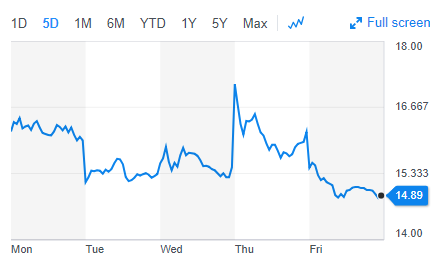

You can get rich by returning 20% per year and compounding that for several years. We see several investors trying to strike it rich in options market by risking their entire savings. An investor who invested $10,000 in Warren Buffett’s hedge fund at the beginning of 1957 saw his capital turn into $103,000 before fees and $64,100 after fees (this means Warren Buffett made more than $36,000 in fees from this investor).Īs you can guess, Warren Buffett’s #1 wealth building strategy is to generate high returns in the 20% to 30% range. S&P 500 Index generated an average annual compounded return of only 9.2% during the same 10-year period. S&P 500 Index lost 10.8% in 1957, so Buffett’s investors actually thrilled to beat the market by 20.1 percentage points in 1957.īetween 19 Warren Buffett’s hedge fund returned 23.5% annually after deducting Warren Buffett’s 5.5 percentage point annual fees. That year Buffett’s hedge fund returned 10.4% and Buffett took only 1.1 percentage points of that as “fees”.

His investors didn’t mind that he underperformed the market in 1958 because he beat the market by a large margin in 1957. That would have been 9.35% in hedge fund “fees”.Īctually Warren Buffett failed to beat the S&P 500 Index in 1958, returned only 40.9% and pocketed 8.7 percentage of it as “fees”. secretly invested like a closet index fund), Warren Buffett would have pocketed a quarter of the 37.4% excess return. If Warren Buffett’s hedge fund didn’t generate any outperformance (i.e. Warren Buffett took 25% of all returns in excess of 6 percent.įor example S&P 500 Index returned 43.4% in 1958. Back then they weren’t called hedge funds, they were called “partnerships”. He launched his hedge fund in 1956 with $105,100 in seed capital. Warren Buffett never mentions this but he is one of the first hedge fund managers who unlocked the secrets of successful stock market investing.


 0 kommentar(er)
0 kommentar(er)
